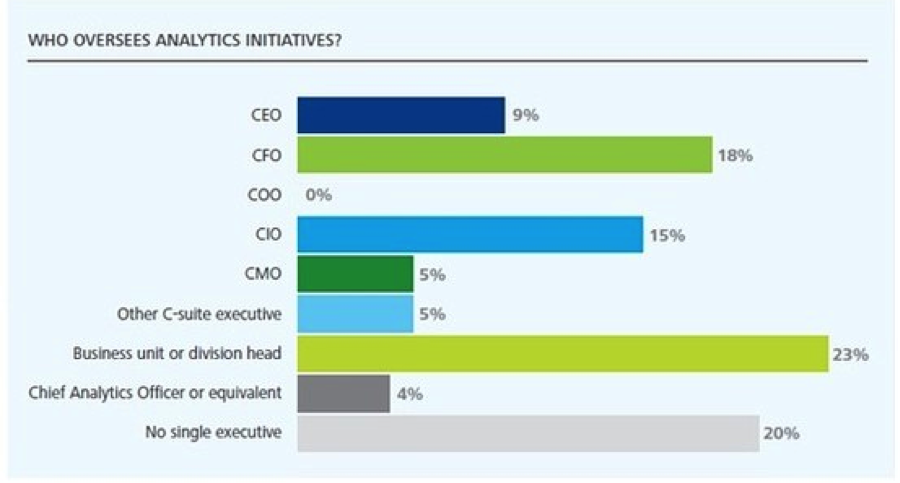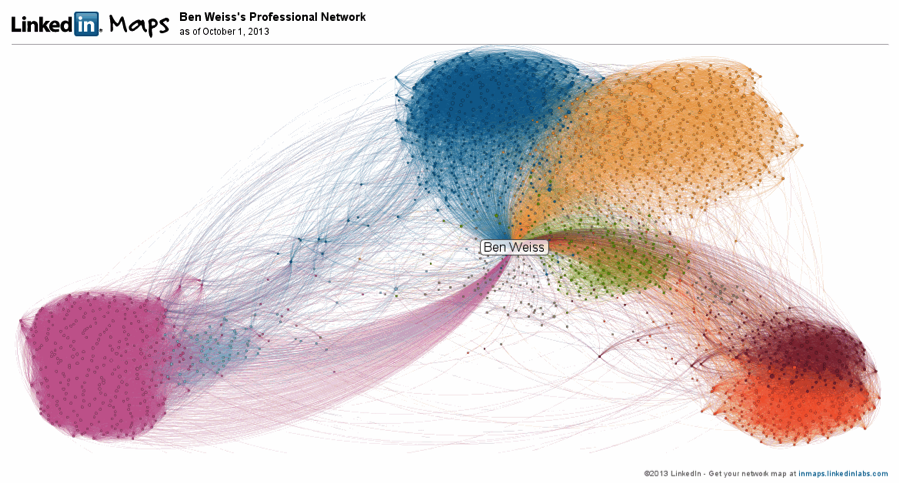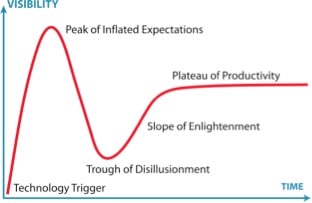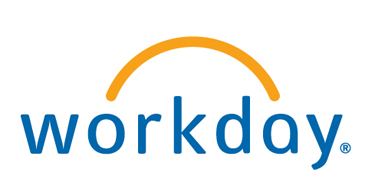Forbes’ contributor Christopher Versace recently talked with Opera Solutions CEO Arnab Gupta about how Big Data is perceived in business today — and where it’s going in the future.
Topics: Big Data, Arnab Gupta
A Dodd-Frank Act stress testing guide for senior bank executives whose institutions have $10B in assets or are growing quickly.
Think regulatory stress testing is only for the biggest banks? Well, maybe for right now, but this practice continues to be required of increasingly more banks, which means if you haven’t had to worry about stress testing yet, you might need to soon. Regulatory stress testing is designed to see if you have enough capital to survive a series of arbitrary shocks to the economy; it should not be confused with the types of analyses that support critical financial measures such as risk-adjusted returns or those that determine economic capital requirements.
You may not be paying much attention to data science, but it’s paying attention to you — and will deliver personalized search results in due time.
For those of us who prefer to stay on the shopping side of recommender engines, how online retailers seem to know which hotels we’ll book, what flights we’ll take, or what brand of pots and pans we’ll buy next is simply math, or for those of us with a little more knowledge, algorithms. For most everyone else, it pretty much falls under something more akin to science so advanced it might as well be magic. Of course, for the machine learning data scientists who create these recommender engines, all engines are different, complex — and definitely not magic.
Topics: Big Data, Machine Learning, Competitions
Enterprises: How to Transition from BI to Big Data Analytics
Who should handle the management and implementation of Big Data
analytics in the enterprise? If you don’t know, you’re not alone.
Nearly all enterprises are struggling with the right operating model for Big Data analytics. When business intelligence was the biggest data challenge, companies could consolidate data management under a global CIO or CTO’s umbrella. But Big Data analytics is a game changer. With the right solutions implemented well, Big Data analytics can have a powerful impact on frontline business units, corporate marketing, operations, and finance. But getting the right solutions and implementing them well is outside the purview of a typical CIO or CTO, and enterprises are still struggling to figure out exactly who should own the management of this highly complex area.
Topics: Big Data
How to Future-Proof Your Enterprise to Handle Big Data Growth
Big data moves fast, but you can prime your company to always have the latest technology and ultimately grow with its data.
When you bring up the subject of Big Data, the conversation can go one of two ways: into the past or into the future. If the first question to come up is, “What kind of data warehouse do you use?,” you know you’re talking to someone living in the past. The new reality is that the demand for data storage is increasing much faster than the cost of data storage is decreasing, meaning enterprises will run out of affordable storage soon — if they haven’t already. A more forward-looking question might be, “What’s your plan to deal with the growing volume of data?”
Topics: Big Data, Signal Hub Technologies
An exploration of how employers can better use the data available on social networks to improve and expedite the hiring process.
I have been an avid user of LinkedIn since 2004, first as a prospective employer, then as a networking tool, and more recently as a content site. It’s been amazing to see the evolution of the platform and the tremendous value I have been able to derive from it over time. One of the most interesting views that LinkedIn affords you over time is the InMaps visualization of your professional network.
Have we witnessed a Big Data bust, or is this just a temporary lull in excitement?
With the addition of “Big Data” to the Oxford English Dictionary this past June, the term has officially gone mainstream. Nearly all technology hype cycles of late, be they cloud computing, social media, or smart phones, have had periods of intense media coverage and interest. Big Data is no different. For the better part of three years, it has had a flurry of content and speculation filling the airwaves — often with minimal coherence. This lack of focus has temporarily plagued every tech hype cycle, which means Big Data is in for a rough period ahead.
Topics: Big Data
Big Data will soon be integrated into Workday's solutions, extending its reach into corporations everywhere.
Workday is catapulting itself onto the Big Data scene, and those in the enterprise technology business are taking notice. One of Silicon Valley’s biggest success stories of late, Workday strives to make financial, human capital, and Big Data management easier and more approachable for the everyday business user. Workday has caught the attention of Forbes, The New York Times, and other media outlets with the launch of Big Data Analytics and with its expanding cloud alliance with Salesforce.com. Both announcements indicate a significant shift in the marketplace from early adopters to the more mainstream enterprise user.
Topics: Big Data
It’s easy for money to slip through your fingers on business trips. Here are six ways to get it back.
Anyone who’s ever entertained a client or taken a business trip knows how fast that expense report can add up. But administrators and category spend managers are left wondering, where did that money go exactly? And how do we go about cutting back? The answer, of course, is in the data. And (of course), it’s complicated. But complicated is what Big Data solutions do best.
Topics: Big Data, Supply Chain & Operations
Predictive Analytics Curb the Cost of Healthcare — An Hour at a Time
Predictive analytics–based staffing solutions can save hospitals millions.
While we wait to see how insuring more of the population affects healthcare costs for patients, hospital groups are also working hard to reduce the cost of healthcare. Some hospitals are reducing unnecessary department labor costs — in some cases staff hours have been reduced by up to 8% — by using solutions that analyze Big Data to predict patient inflows. With accurate patient forecasts, hospitals can optimize scheduling to better match supply (nurses) to demand (expected patients). Not only does this reduce costs, it makes their hospitals more efficient and even increases patient satisfaction.
Topics: Healthcare, Big Data












